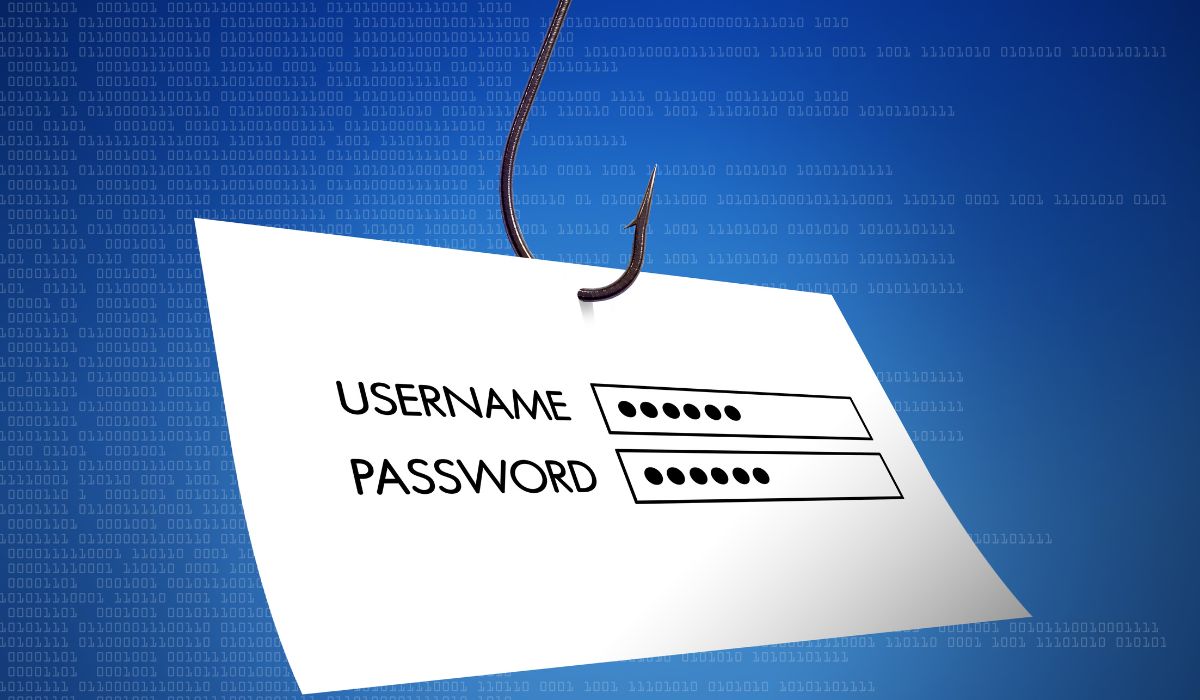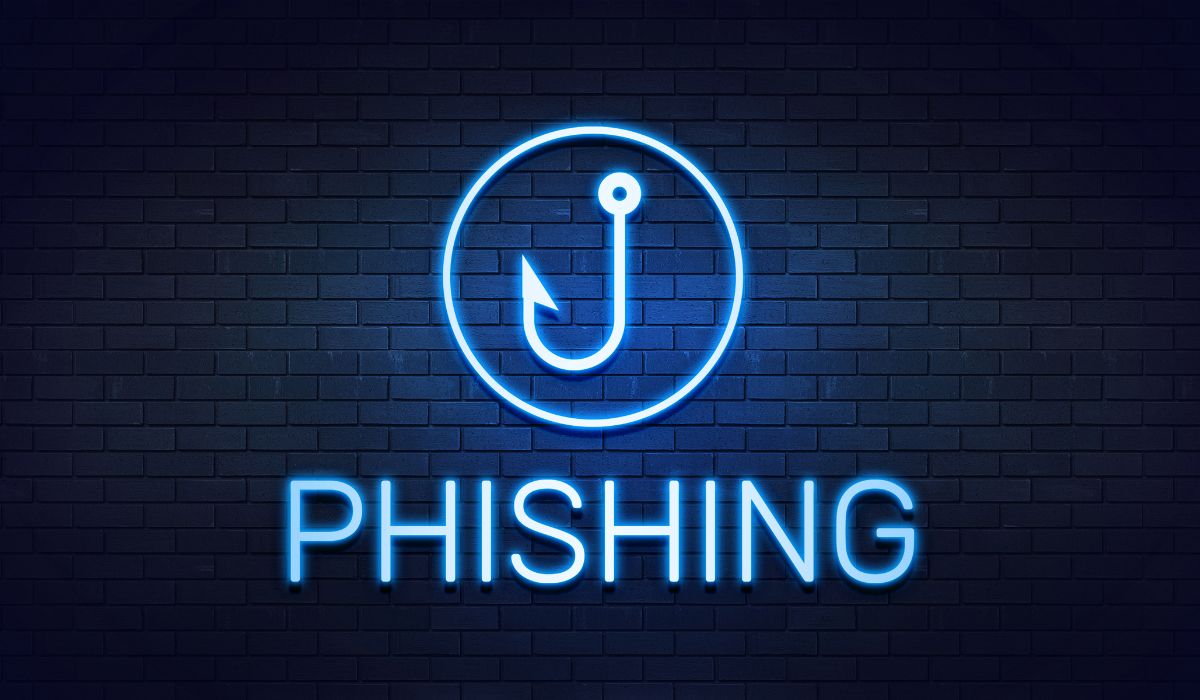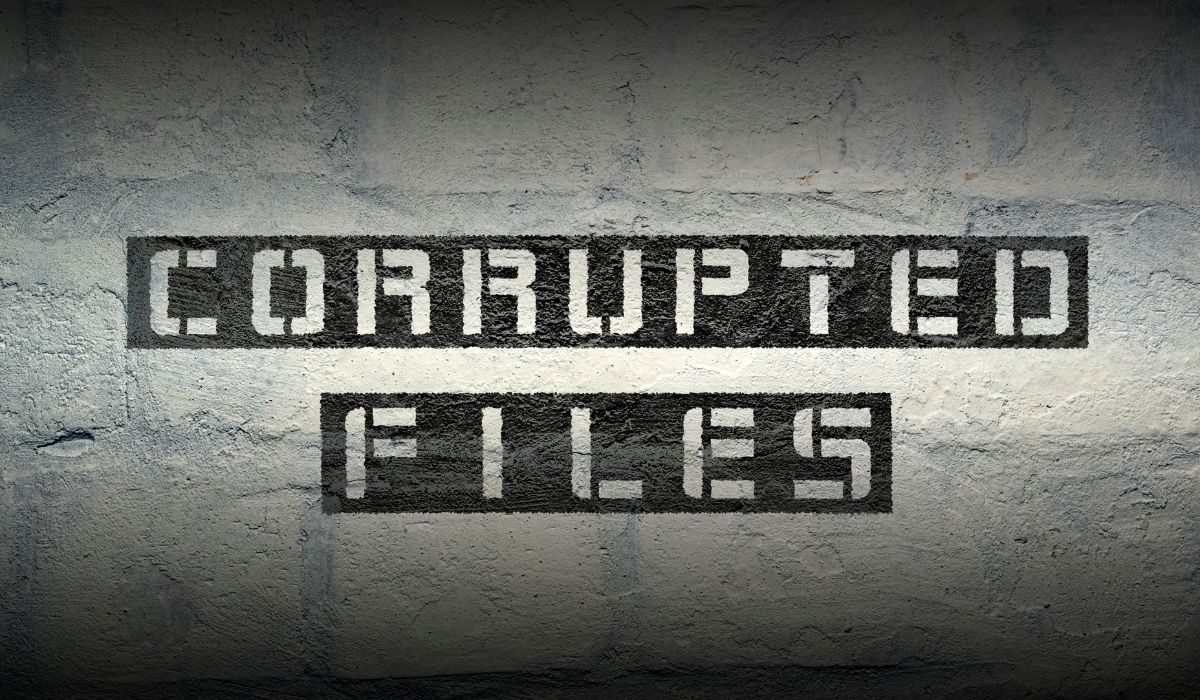Defending Against Spear Phishing Attacks: Prevention, Strategies, and Pillar Support’s Help
In the ever-evolving landscape of cyber threats, spear phishing has emerged as a highly targeted and sophisticated form of attack. This article delves into the world of spear phishing, exploring its definition, techniques used by cybercriminals, and strategies for prevention. By understanding and staying vigilant against these attacks, we can bolster our defenses and protect ourselves from the risks associated with spear phishing.
Spear phishing refers to a type of cyber attack where malicious actors craft highly personalized and tailored messages to deceive individuals or organizations. Unlike traditional phishing attacks that cast a wide net, spear phishing takes a more targeted approach, focusing on specific individuals or groups. These attacks often exploit personal information and use sophisticated techniques to appear genuine, making them highly effective and difficult to detect.
Throughout this article, we will delve into the intricacies of spear phishing attacks, examining the techniques employed by cybercriminals to deceive their victims. We will explore real-life examples and the potential consequences of falling victim to these attacks. Additionally, we will discuss the importance of staying informed and proactive in preventing spear phishing incidents.
By gaining a deeper understanding of spear phishing and the methods employed by cybercriminals, we can fortify our defenses and mitigate the risks. The subsequent sections of this article will provide insights into recognizing spear phishing attempts, implementing preventive measures, and fostering a security-conscious mindset. Together, let us delve into the world of spear phishing and equip ourselves with the knowledge to safeguard against this prevalent cyber threat.
Table of Contents
Understanding Spear Phishing
Spear phishing stands apart from traditional phishing attacks due to its highly personalized and targeted nature. Unlike broad-scale phishing campaigns, spear phishing focuses on specific individuals or groups, tailoring the attack to exploit their vulnerabilities and increase the chances of success. This level of personalization makes spear phishing particularly dangerous and challenging to detect.
Attackers employ various tactics to deceive their targets in spear phishing attacks. They extensively research their victims, gathering personal information from social media profiles, professional networks, or leaked data. This information allows them to craft convincing and credible messages that appear legitimate. By using the target’s name, job title, or company-specific details, the attacker gains the victim’s trust and increases the likelihood of them falling for the scam.
Real-life examples of successful spear phishing attacks serve as stark reminders of the potential consequences. One such example is the well-known Business Email Compromise (BEC) scam, where attackers impersonate high-ranking executives or trusted vendors to manipulate employees into wiring money or divulging sensitive information. The impact of these attacks can range from financial losses and reputational damage to data breaches and compromised systems.
In some cases, spear phishing attacks specifically target key individuals within an organization who hold significant authority or access to sensitive information. This form of targeted attack is commonly referred to as “whaling.” By focusing on high-value targets such as CEOs or senior executives, attackers aim to exploit their influence and bypass traditional security measures.
Understanding the intricacies of spear phishing, including its personalized tactics and real-life implications, is crucial for individuals and organizations alike. By being aware of these techniques and staying vigilant, we can better protect ourselves and our organizations against this growing cyber threat. In the following sections, we will explore preventive measures and best practices to mitigate the risks posed by spear phishing attacks.
Anatomy of a Spear Phishing Attack
Spear phishing attacks follow a well-orchestrated process that involves multiple stages, each designed to increase the chances of success. Understanding the anatomy of a spear phishing attack can help individuals and organizations identify and defend against these targeted threats. Here are the key stages involved:
Research and Reconnaissance
Attackers invest time and effort in gathering information about their targets. They scour social media platforms, professional networks, and publicly available data to gather personal and professional details. This information provides insights into the target’s interests, job responsibilities, connections, and potential vulnerabilities.
Message Crafting
Armed with the gathered information, attackers meticulously craft tailored and convincing messages. These messages often appear legitimate and may mimic official communication from trusted entities such as colleagues, clients, or service providers. Attackers leverage personalization, using the target’s name, job title, or specific company details to enhance credibility.
Social Engineering Techniques
Spear phishing attacks heavily rely on social engineering to manipulate victims and exploit their trust. Attackers employ psychological tactics to evoke urgency, fear, curiosity, or excitement in their targets. They may use impersonation, authority exploitation, or emotional manipulation to convince victims to take specific actions, such as clicking on malicious links or disclosing sensitive information.
Delivery Methods and Techniques
Spear phishing attacks employ various delivery methods to reach the intended targets. These can include email, instant messaging platforms, social media platforms, or even phone calls. Attackers carefully choose the most appropriate channel based on the target’s preferences and the likelihood of engagement. They may also employ techniques like email spoofing or domain impersonation to make the messages appear genuine.
By understanding the intricacies of a spear phishing attack, individuals and organizations can better recognize the telltale signs and implement preventive measures. Vigilance, employee education, and robust security measures are key to mitigating the risks associated with spear phishing attacks. In the next sections, we will explore preventive strategies and best practices to defend against these targeted threats.
Indicators of a Spear Phishing Attempt
Recognizing the indicators of a spear phishing attempt is crucial for identifying and protecting against these targeted attacks. While attackers employ sophisticated techniques to make their messages appear genuine, there are telltale signs that can help individuals and organizations identify a potential spear phishing attempt. Here are some key indicators to watch for:
Unusual Sender or Domain Names
Pay close attention to the sender’s email address and domain name. Attackers often use email addresses that closely resemble legitimate organizations or individuals but contain slight variations or misspellings. These variations may be easy to miss at first glance, so it’s important to scrutinize the email addresses carefully.
Personalized Information Specific to the Recipient
Spear phishing emails are highly tailored and may contain personal or specific details about the recipient. Attackers use this information to gain the recipient’s trust and increase the chances of a successful attack. Be cautious if an email contains personal details, such as your name, job title, or confidential information, without a clear explanation of how the sender obtained that information.
Urgent Requests for Sensitive Data or Financial Transactions
Spear phishing attacks often leverage urgency to manipulate their targets. The emails may create a sense of urgency by claiming that immediate action is required, such as providing sensitive data, making financial transactions, or sharing login credentials. Be wary of unexpected urgent requests, especially if they come from unknown or unverified sources.
Email Addresses That Mimic Legitimate Organizations or Individuals
Attackers frequently create email addresses that closely resemble those of legitimate organizations or individuals. They may use slight variations or domain impersonation to trick recipients into believing the emails are authentic. Take a closer look at the email address and domain name to spot any discrepancies or irregularities.
By being alert to these indicators, individuals and organizations can better assess the authenticity of emails and protect against spear phishing attempts. Remember to exercise caution, verify information independently, and report any suspicious emails to your IT department or security team. In the following sections, we will delve into preventive measures and best practices to strengthen your defenses against spear phishing attacks.
Protecting Against Spear Phishing Attacks
Defending against spear phishing attacks requires a multi-layered approach that combines technology, education, and proactive measures. By implementing the following preventive strategies, individuals and organizations can strengthen their defenses and reduce the risk of falling victim to these targeted attacks:
Employee Education and Awareness Training Programs
Investing in comprehensive education and awareness programs is crucial in empowering employees to recognize and respond to spear phishing attacks. Training should cover topics such as identifying suspicious emails, understanding social engineering techniques, and practicing safe online behavior. Regular updates and simulated phishing exercises can reinforce knowledge and promote a security-conscious culture.
Implementing Strong Email Security Measures and Anti-Phishing Solutions
Deploying robust email security measures is vital for preventing spear phishing attacks. This includes implementing spam filters, advanced threat protection solutions, and anti-phishing tools that can detect and block malicious emails. These security measures can help filter out phishing attempts, reducing the risk of successful attacks.
Multi-Factor Authentication (MFA) for Enhanced Account Protection
Enabling multi-factor authentication adds an extra layer of security to user accounts, making it more challenging for attackers to gain unauthorized access. By requiring additional verification steps, such as a unique code sent to a mobile device, MFA helps protect against stolen credentials and unauthorized login attempts.
Regular Software Updates and Patches
Keeping software applications, operating systems, and devices up to date is crucial for addressing known vulnerabilities that attackers may exploit. Regularly applying software updates and patches ensures that security vulnerabilities are patched, reducing the risk of successful spear phishing attacks.
It’s important to note that while these preventive measures significantly strengthen defenses, no security solution is foolproof. Ongoing monitoring, incident response plans, and regular security assessments are equally important to maintain a strong security posture.
By combining employee education, robust security measures, and proactive measures, individuals and organizations can significantly reduce the risk of falling victim to spear phishing attacks. In the next sections, we will delve deeper into best practices for safe online behavior and provide guidance on responding to suspicious emails.
Best Practices for Spear Phishing Prevention
To bolster your defenses against spear phishing attacks, it’s crucial to adopt best practices that promote a security-conscious mindset and empower individuals to stay vigilant. Incorporate the following practices into your daily routine to enhance your protection against these targeted threats:
- Verifying Email Senders Through Alternative Communication Channels: When you receive an email that appears suspicious or unexpected, it’s wise to verify the sender’s identity through alternative communication channels. Contact the supposed sender directly using a known and trusted phone number or email address to confirm the legitimacy of the email. Avoid using the contact information provided in the suspicious email itself, as it may be controlled by the attacker.
- Being Cautious of Unexpected Attachments or Suspicious Links: Exercise caution when dealing with email attachments or links, especially if they come from unknown or untrusted sources. Avoid opening attachments or clicking on links unless you can verify their authenticity. Hover your mouse over links to preview the actual destination before clicking. Be particularly wary of shortened URLs, as they can mask malicious websites.
- Encouraging a Culture of Skepticism and Reporting Potential Phishing Attempts: Foster a culture of skepticism within your organization by educating employees about the risks of spear phishing and the importance of reporting suspicious emails. Encourage them to scrutinize emails for signs of phishing, such as unusual senders, unexpected requests, or grammatical errors. Establish a clear process for reporting and escalating potential phishing attempts to your IT or security team.
- Regularly Monitoring and Reviewing Security Logs for Unusual Activities: Implement robust logging and monitoring mechanisms to track and review security events within your systems. Regularly review logs for any unusual activities or patterns that may indicate a spear phishing attempt or unauthorized access. Promptly investigate and respond to any suspicious activities to mitigate potential risks.
By adopting these best practices, you can strengthen your defenses and reduce the likelihood of falling victim to spear phishing attacks. Remember that ongoing education, employee engagement, and a proactive approach are essential for maintaining a secure environment. In the next sections, we will provide guidance on responding to suspected spear phishing emails and outline the importance of incident response planning.
Pillar Support: Strengthening Defenses Against Spear Phishing

Pillar Support is dedicated to helping individuals and organizations fortify their defenses against spear phishing attacks. With our expertise in spear phishing prevention and our commitment to providing tailored solutions, we empower our clients to enhance their email security and detect malicious attempts effectively.
Our comprehensive approach includes advanced email security measures, anti-phishing solutions, and cutting-edge technologies that can identify and block spear phishing attempts before they reach your inbox. We leverage sophisticated algorithms and machine learning techniques to analyze email patterns, detect suspicious behaviors, and identify potential threats.
In addition to our technological solutions, we understand the critical role that education and awareness play in spear phishing prevention. That’s why we offer Fraud Awareness Training programs designed to equip individuals and organizations with the knowledge and skills to identify, respond to, and mitigate the risks posed by spear phishing attacks. Our training programs cover topics such as recognizing phishing indicators, understanding social engineering techniques, and practicing safe online behavior.
At Pillar Support, we recognize that each organization is unique, with specific needs and challenges. That’s why our solutions are tailored to your specific requirements, providing you with the most effective and efficient defense against spear phishing. Our team of experts will work closely with you to assess your current security posture, identify vulnerabilities, and implement strategies to enhance your email security and protect against spear phishing attacks.
With Pillar Support by your side, you can confidently navigate the evolving threat landscape and ensure that your organization remains resilient against spear phishing attempts. Together, we can build a strong defense that safeguards your sensitive information, protects your reputation, and maintains the trust of your stakeholders.
Visit our website to learn more about our spear phishing prevention solutions and how Pillar Support can help you strengthen your defenses against this targeted threat.
Frequently Asked Questions
What Are Examples of Spear Phishing?
Examples of spear phishing include targeted emails sent to individuals or organizations, impersonating trusted entities, with the aim of obtaining sensitive information or tricking recipients into taking specific actions. This can include emails posing as CEOs or business partners requesting financial transfers, job applicants sending malicious attachments, or emails masquerading as customer service representatives seeking login credentials.
What Is the Difference Between Phishing and Spear Phishing?
Phishing is a broader term that encompasses various fraudulent techniques used to deceive individuals into revealing sensitive information or performing certain actions. It often involves mass emails or messages sent to a large number of recipients. In contrast, spear phishing is a more targeted approach that involves tailoring the attack to specific individuals or organizations. Spear phishing emails are carefully crafted and personalized, making them appear more convincing and increasing the likelihood of success.
What Best Describes Spear Phishing?
Spear phishing is a form of cyber attack that targets specific individuals or organizations through personalized and deceptive emails. Attackers conduct research to gather information about their targets, enabling them to create convincing messages that appear legitimate. The goal of spear phishing is to trick recipients into disclosing sensitive information, performing financial transactions, or compromising their systems. It requires a higher level of sophistication compared to traditional phishing and can have severe consequences if successful.






